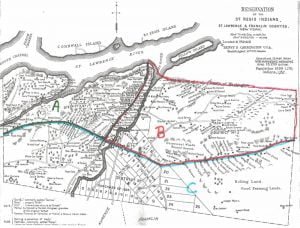The Moqui Tribe in History 1780-1820
Efforts Of Governor Anza To Convert The Moquis 1780 Father Garces reported to Governor Anza his failure at the Moqui pueblos just cited and the governor at once took steps to convert them. H. H. Bancroft (volume xvii pages 265-260) gives the following details translated from the original documents of the efforts of Governor. Anza to convert the Moquis: Back from this campaign [in 1778] Governor Anna gave his attention to the Moquis A failure of crops had reduced that people to such straits that the time was deemed most favorable for their conversion even Christianity being perhaps preferable to … Read more




